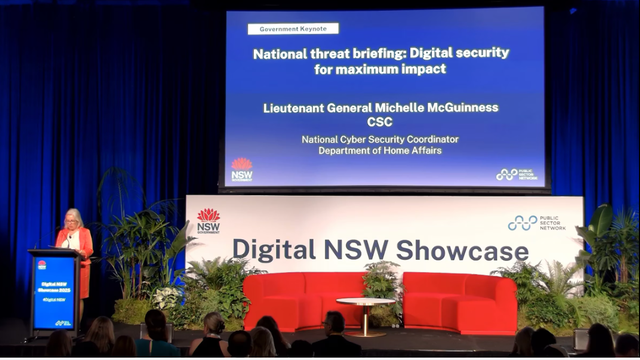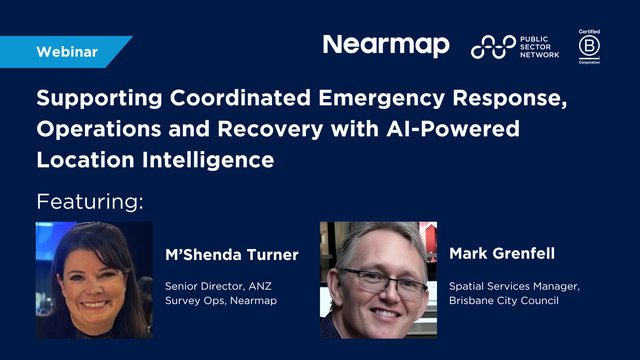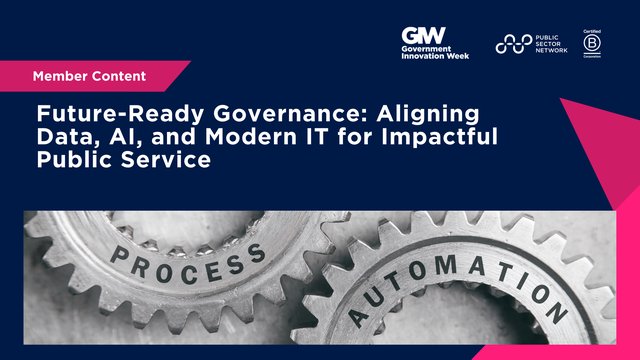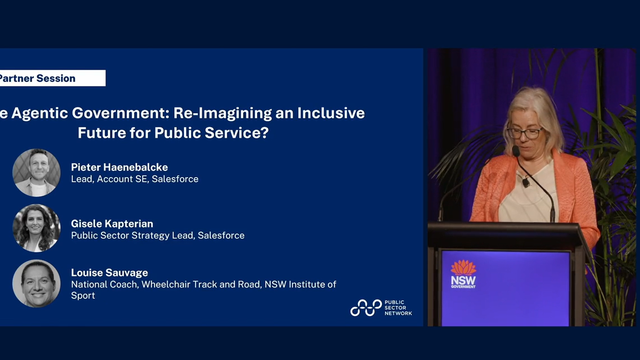
Collaboration in emergency services is no longer a luxury, but a necessity – it’s clear that safety and security issues extend well beyond regional, state, and national boundaries to affect our global population. In Australia and worldwide, tackling complex criminal justice policies requires sustainable, cross-division analysis and collaboration. Police partnerships that share responsibilities, knowledge, and effective practices are a necessity to break down the rigid barriers of traditional organizations and sectors ensure silos don’t get in the way of investigations or intelligence.
Now let’s take a look at the major factors that contribute to collaboration break-down (or complete segmentation for that matter), then on how police agencies can effectively overcome these barriers and work together. Finally let’s celebrate Australia, Canada, the UK and the United States’ efforts so far to build bridges not only between their own police agencies but with those of other countries as well.
Factors that Hinder Collaboration:
- The timing and nature of funding streams don’t always enable public sector services to collaborate at the same time or to the same degree
- Inconsistent and insufficient communication across government departments
- Local politics can bring conflicting messages from different departments, limited resources allocated to policing
- Legacy issues from previous collaboration efforts can influence the appetite for further collaboration
Two forms of collaboration in policing integral to the joint success in improved police services:
- Interagency Collaboration:
Police agencies working together both nationally and internationally is crucial because it enhances resource sharing, improves communication, and ensures a coordinated response to complex issues. By working together, different agencies can leverage their unique strengths, streamline operations, and effectively tackle crimes that cross jurisdictional boundaries, ultimately leading to more comprehensive and efficient law enforcement.
How can departments best accomplish this type of participation?
- Create integrated digital platforms for better information sharing and coordination
- Encourage joint exercises, training sessions and joint operations. Familiarity and teamwork enhance collaboration
- Educate teams about each agency's unique assets and capabilities—integrating these resources will enhance services during emergencies and joint operations
- Ditch the ego! Police agencies should put public safety above personal pride or territorial disputes
2. Community Collaboration:
When police and communities join forces, they share insights, build trust, and address local issues more effectively, leading to safer and more connected neighbourhoods. Key strategies here to promote citizen engagement are:
- Social media platforms to engage with the community, share updates, and gather intelligence
- Public dashboards which provide public access to crime data and police activities through online dashboards to foster transparency and trust
- Build strong relationships through community meetings, programs that involve community members like Neighbourhood Watch and increasing bicycle and foot patrols
So What Are Police Agencies in These Countries Doing to Improve Their Collaboration Efforts?
Australia:
- Through the renewed Reconciliation Action Plan (RAP) for 2022-2024 the AFP has increased positive community engagement with the enhanced delivery of culturally competent policing to First Nations people and communities
- Through partnerships with neighbouring countries in the Asia-Pacific region, the AFP conducts training programs to enhance regional security and law enforcement capabilities
- The AFP leads or participates in various multi-agency task forces focused on specific issues like organized crime, counter-terrorism, and child exploitation
- Collaborates with other agencies through integrated digital platforms that facilitate real-time sharing of intelligence and operational data
- Partner with local communities (for example through their Community Liaison Teams (CLTs)) to build trust, gather intelligence, and address public safety concerns through community policing initiatives
UK:
- National Law Enforcement Data Program – a collaboration with other government agencies to replace outdated systems with a single, integrated platform for managing law enforcement data
- Cooperating with Europol, Interpol, and other international law enforcement agencies, which has led to the dismantling of organized crime networks involved in human trafficking, drug smuggling, and financial crimes
- The Police Digital Service (a collaboration between police forces, the Home Office, and private sector technology partners) drives digital transformation across policing, focusing on improving IT infrastructure, data analytics, and digital tools
- Project Servator - involves collaboration between police, businesses and the public with highly visible but unpredictable police deployments to discourage and detect criminal activity, particularly terrorism. By working with businesses and engaging the public, the project creates a network of vigilance, significantly enhancing security in public spaces
Canada:
- Royal Canadian Mounted Police (RCMP), local police forces, Canada Border Services Agency (CBSA), and Canadian Security Intelligence Service (CSIS) together, focus on counter-terrorism and national security threats. By pooling resources and intelligence from multiple agencies including the those in the UK these teams have successfully disrupted numerous plots and enhanced Canada's national security
- RCMP, CBSA, U.S. Customs and Border Protection, and U.S. Border Patrol focus on cross-border crime, including drug smuggling and human trafficking. The collaboration has resulted in numerous interdictions and improved security along the Canada-U.S. border
- RCMP, provincial police forces, and transportation agencies participate in joint traffic safety campaigns aim to reduce road accidents through enforcement and public education. These efforts have led to a decrease in traffic-related injuries and fatalities
- RCMP, local police forces, and Indigenous communities focus on improving policing services in Indigenous communities through culturally sensitive practices and enhanced community engagement. These partnerships have fostered trust and led to more effective policing
United States:
- Local police, school districts, and federal agencies have built programs such as the School Resource Officer (SRO) program to enhance school safety through the presence of trained law enforcement officers on school campuses. These efforts have improved the overall security environment in schools and fostered positive relationships between students and law enforcement
- U.S. law enforcement agencies and their counterparts in Canada and Mexico focus on combating drug trafficking, human trafficking, and other transnational crimes. Joint operations have resulted in significant seizures of illegal drugs and the arrest of high-profile criminals
- Federal, state, and local law enforcement agencies, as well as private sector partners have created fusion centers which facilitate information sharing and analysis to detect, prevent, and respond to terrorist threats and criminal activities. They have been crucial in enhancing homeland security and improving coordinated responses to various threats
- Local police departments, state law enforcement agencies, and federal partners use advanced technology and data analytics to provide real-time intelligence to officers in the field. These innovations enhance situational awareness, improve response times, and have been instrumental in solving crimes more quickly and efficiently
Want to mix with your peers to delve deeper into even more ways technology will improve police services? Join us at our Digital Transformation: For Policing & Criminal Justice Roadshow with your complimentary pass here































